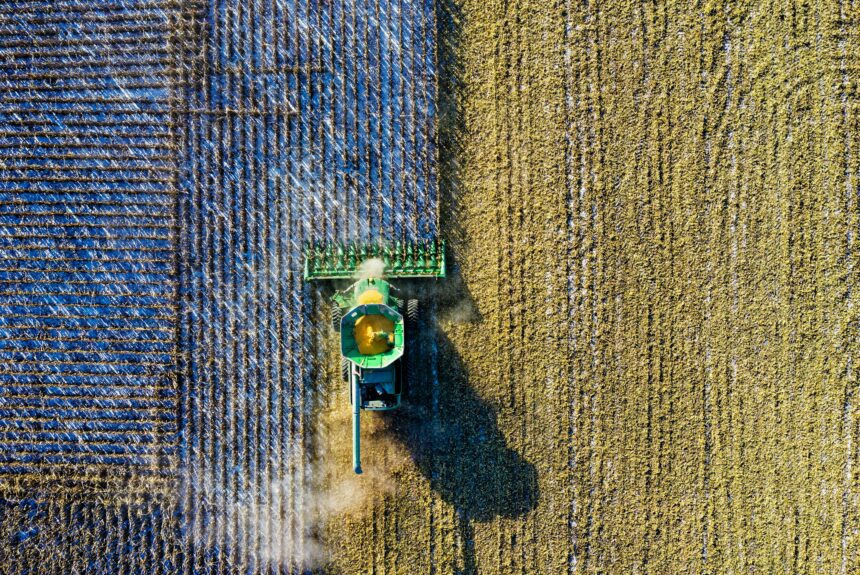Congress has left the swamp that is Washington, D.C. in August for the summer recess. When they reconvene in September, members of Congress will need to be prepared to hit the ground running on the 2023 Farm Bill. While opinions regarding subsidies and nutrition programs such as SNAP have been widely discussed, many people do not realize that a large portion of the Farm Bill funds also go to conservation programs.
>>>READ: AgARDA Can Spur Agricultural Innovation and Breakthroughs
The conservation title of the 2018 Farm Bill, set to expire in September 2023, provides funding and authority for five different types of programs: working land programs, land retirement programs, easement programs, partnership and grant programs, and conservation compliance. The programs are administered by the USDA and typically receive mandatory funding, meaning they do not require annual appropriations. Notably, Title II is projected to account for 7% of the total cost of the 2018 Farm Bill — about $60 billion of the $867 billion in authorized funding.
Many of the conservation programs funded by the Farm Bill are popular with landowners and have more demand than the U.S. Department of Agriculture (USDA) can handle, leading many to argue that the conservation portion of the bill, known as Title II, should receive more funding. However, before policymakers throw more taxpayer dollars at any program, regardless of how popular it is, it is essential to know how effective the programs are at achieving their respective goals. Determining the effectiveness of Title II programs and finding ways to deliver them more efficiently is important for taxpayers, as well as the farmers and ranchers receiving those funds.
Involving farmers and ranchers — and putting them in the driver’s seat — in the conservation of their land is essential for private-public partnerships to succeed, to protect the rights of landowners, and make real progress on conservation issues. It is also important to ensure that the programs are achieving the desired outcomes. To do this, the USDA needs to improve its data collection, research, and analysis on projects it funds, as well as sharing this information with stakeholders, such as landowners, policymakers, and taxpayers.
The Natural Resource Conservation Service (NRCS), an agency under the USDA that administers some of the working land programs funded by the Farm Bill, such as the Environmental Quality Incentives Program (EQIP) and the Regional Conservation Partnership Program (RCPP), is tasked with collecting basic data. This includes the number of acres conserved, the type of conservation practice applied to the acres, and the amount of money committed to projects. However, the data that policymakers really need are the effects of the dollars spent and acres conserved, such as: how much does air or water quality improve due to a project, how much does soil health increase, and what positive impacts have the surrounding wildlife experienced?
As policymakers rightly fund necessary conservation programs through the Farm Bill, they also need to be asking: are these taxpayer dollars truly getting us closer to US conservation goals while also improving land productivity and profitability for landowners? At present, nobody can accurately answer that question.
>>>READ: How Conservation Programs Make the Case for Conservatism
Having a better understanding of what programs, projects, and conservation practices are achieving the best results and why will ensure that federal dollars are spent in the most effective way and direct the funds to the programs that are most successful, rather than just throwing more taxpayer dollars at the wall and hoping they will stick. Furthermore, having this kind of understanding will help to improve programs and landowners’ conservation efforts, leading to better overall outcomes and a greater impact on climate change.
To make Title II of the upcoming Farm Bill more effective, the USDA should be required and enabled to start collecting key data on all conservation projects funded by the Farm Bill. Research and analysis of project data will help to implement better programs, such as outcomes-based conservation, and help conservationists implement more effective projects.
Quinn Townsend is a freelance writer with an MS in Resource Management and Economics from West Virginia University. She is an alumni of the Young Voices Contributor program.
The views and opinions expressed are those of the author’s and do not necessarily reflect the official policy or position of C3.
